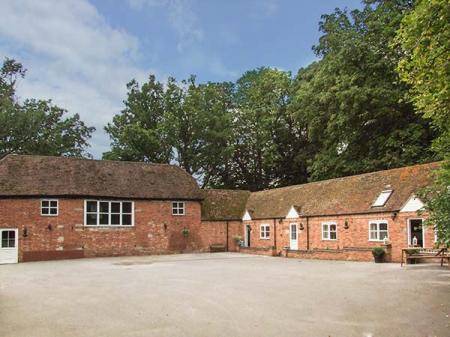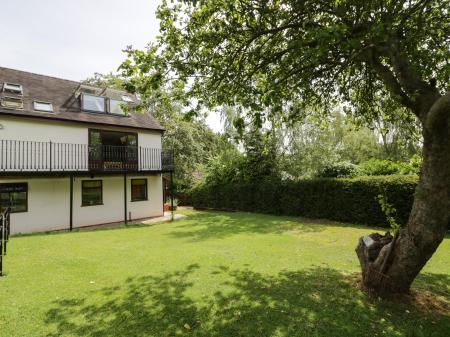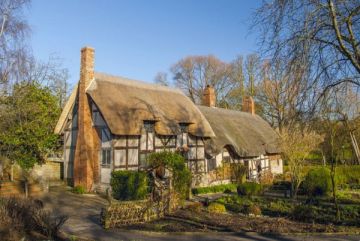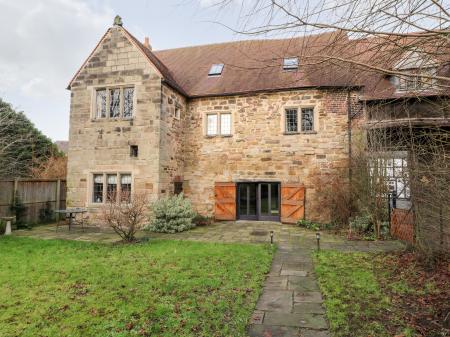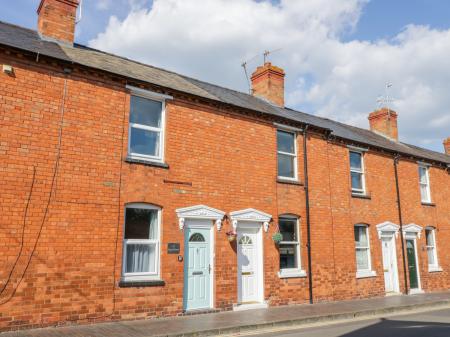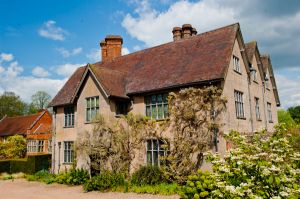
The older section of the house is timber-framed, but the remainder of the house is primarily of brick, indeed, it may be one of the best examples of brickwork in the Midlands.
The interiors of Packwood are opulent, and feature collections of tapestries and stained glass. The house was much restored between the World Wars by Graham Ash to create a 20th-century interpretation of Tudor living.
The gardens feature a 17th century Yew Garden with topiary carefully crafted to depict the Sermon on the Mount. The garden terrace wall contains 18th-century bee boles, cavities that served as a forerunner to beehives. The walled garden is planted for superb colour display throughout the Spring, Summer, and Autumn.
There are open-air theatre events throughout the year, and special out-of-hours guided tours of the house by written arrangement.
OUR VISIT
I came to Packwood on a sunny Saturday afternoon in May. I daresay not too many people visit Packwood in quite the way I chose - I walked over the fields and along the canal from Baddesley Clinton, another National Trust manor house a couple of miles away. I can highly recommend the walk; even along the minor road leading to Packwood there are very few vehicles.
But on to the house and gardens! You can wander through the house at your own pace, and there are stewards in most rooms to answer questions, and you get a handy laminated map and guide to carry along with you.
The interiors are intriguing; an odd mix of original medieval furnishings and rooms, and later Edwardian and 20th-century additions. My favourite part of the house was the Long Gallery, which was created to link the old manor with the nearby barn, which itself was refurbished in the style of a Tudor hall.
I dare say that an equal number of people come to Packwood to see the gardens as the house itself. The terraced area beside the house is lovely, with distinct garden areas in different styles. Thie terrace leads to the 'Sermon on the Mount' topiary area, which is Packwood's most famous feature.
Unfortunately, the yew trees used to create the topiary garden were suffering from too much moisture when I visited, and the entire topiary garden was fenced off. Apparently, yews need dry soil, and the moist clay at Packwood holds too much moisture, leading to disease among the trees.
The National Trust is in the process of implementing a drainage scheme to keep the soil dry, so hopefully, visitors will be able to explore the Sermon on the Mount topiary garden again soon. From the garden, there is a lovely walk around a small lake, with lovely bluebells carpeting the woodland floor, and superb views back towards the house.
After I finished exploring I rambled up the road to Packwood church, hidden among trees about a half-mile north of the house. This quiet little country church made a nice counterpart to the ornate surroundings of the manor and gardens!
Packwood is a delightful house, an interesting mix of old and new, and well worth a visit. It is small enough that you can easily combine Packwood with a visit to Baddesley Clinton for an enjoyable afternoon. And if you are feeling energetic, do consider a walk along the canal between the two houses!
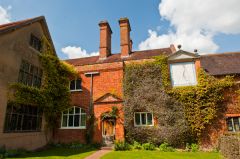
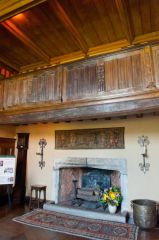
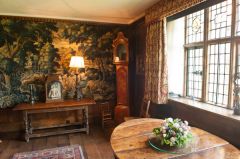
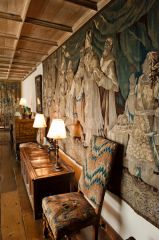
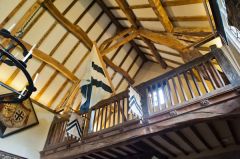
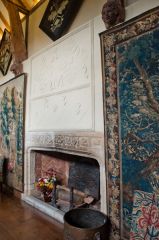
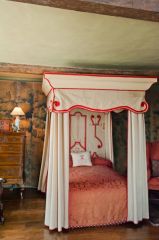
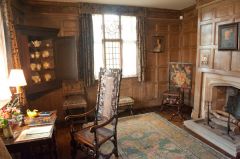
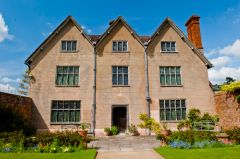
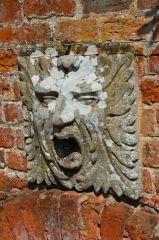
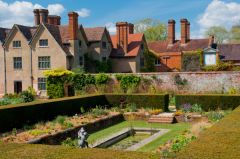
 We've 'tagged' this attraction information to help you find related historic attractions and learn more about major time periods mentioned.
We've 'tagged' this attraction information to help you find related historic attractions and learn more about major time periods mentioned.